The 10 Golden Rules of Exercise for Middle-Aged People!
When you finally hit your 40s and 50s, your lifestyle needs modifications to feel and look great. But in any case, middle age isn’t an excuse to slow down. While your body isn’t the same as it was when you were 20, making smart choices will keep you strong and energized. Regular movement with the right approach can prevent chronic diseases and add quality years to your life.
These expert-backed exercise rules will help you train smarter and keep your body performing at its best—for decades to come. Let’s get started!
Strength Training

Credit: freepik
Muscle mass declines by 3% to 8% per decade after 30 without resistance training. If bodyweight exercises seem simpler, go for it. If you want to challenge yourself, opt for lifting weights instead. Adding such exercises only twice a week will deliver significant benefits for your joints and bone density. Exercises like squats, push-ups, and resistance bands are great to begin with.
Set Realistic Goals

Credit: freepik
It’s very easy to lose track if you don’t have realistic goals in sight. The key is to set SMART goals—specific, measurable, achievable, relevant, and time-bound. We all want to be fit, but if that’s your ultimate goal, it’s rather vague. Instead, commit to walking 30 minutes daily or lifting weights twice weekly. Small goals build long-term habits.
Improve Stability with Balance Exercises

Credit: freepik
One of the main risks associated with exercises during middle age is getting fractures and injuries, which can limit mobility. According to the CDC, one in four adults over 65 falls yearly. This is where balance training can save the day. Standing on one leg and heel-to-toe walking exercises strengthen stabilizing muscles and improve coordination.
Support Recovery with Rest Days

Credit: freepik
Active recovery, like walking or stretching, promotes circulation and reduces stiffness without overloading the body. However, overtraining weakens muscles and increases injury risk. Follow the guidelines from The National Institute on Aging and give yourself at least one rest day per week to prevent burnout and muscle repair.
Mix Up Workouts
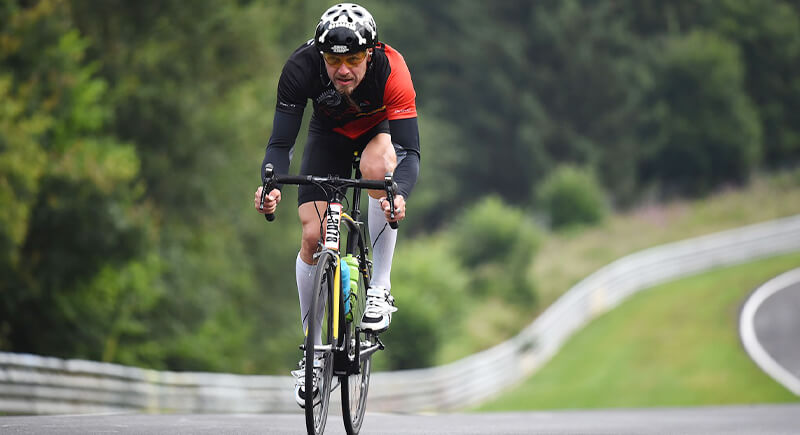
Credit: pixabay
Varying your workouts activates different muscle groups and prevents imbalances. Cycling, swimming, and resistance training improve endurance and mobility. The American Heart Association recommends cross-training to prevent strain and keep workouts engaging.
Warm Up to Improve Performance
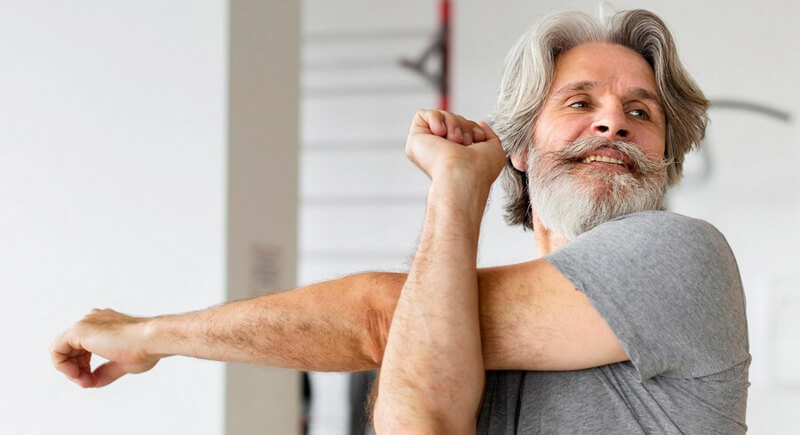
Credit: freepik
It is very easy to tear cold muscles. A 5–10 minute warm-up with dynamic movements like leg swings and arm circles loosens joints and improves workout efficiency. The American Council on Exercise warns that skipping warm-ups raises injury risk and reduces flexibility.
Hydration Keeps Joints Lubricated

Credit: freepik
The National Academy of Medicine recommends 9–13 cups of water daily based on activity level. Dehydration causes fatigue and poor performance. Having adequate water intake before, during, and after exercise prevents dizziness and keeps joints lubricated for smooth movement.
Sleep Well to Help Your Muscles Recover

Credit: freepik
Muscles repair during deep sleep. It is recommended to get at least 7-9 hours of sleep every night. Poor sleep not only affects your muscles but also slows reaction time and increases injury risk. Setting a consistent sleep schedule helps with focus and stabilizing metabolism at this age.
Adjust Workout Intensity for Maximum Results
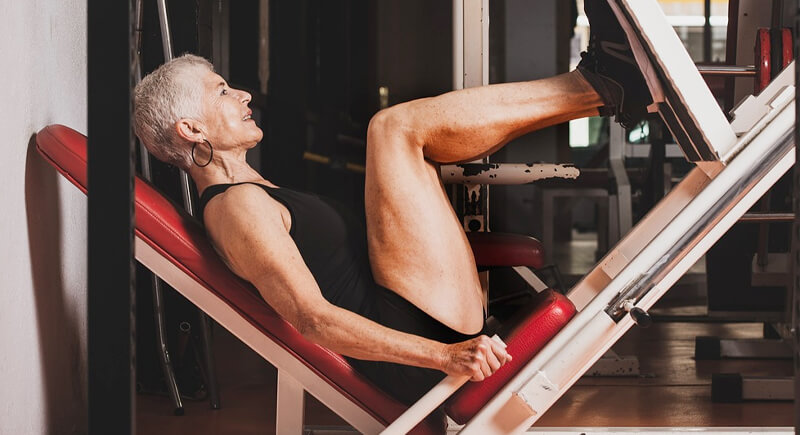
Credit: pixabay
Exercise intensity affects endurance, fat loss, and muscle strength. The American Heart Association advises mixing moderate and vigorous activities based on fitness level. Interval training boosts cardiovascular health. Slower-paced workouts build endurance. Proper pacing prevents burnout and maximizes energy levels.
Enjoyable Workouts Improve Consistency
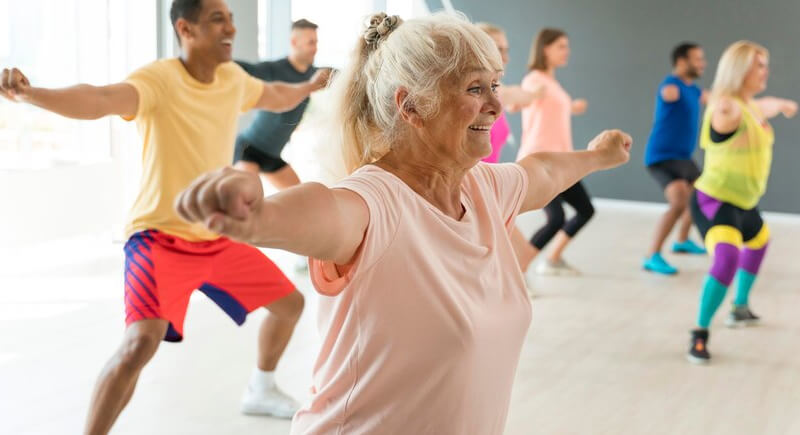
Credit: freepik
Boring workouts don’t last, whereas people who enjoy exercise stay active longer. So don’t get into something that feels like a chore or burden after some time. Go for activities like dancing, swimming, or hiking that keep you fit and engaged. Fun workouts make fitness a sustainable habit and also impact mood.
Social Workouts Boost Motivation
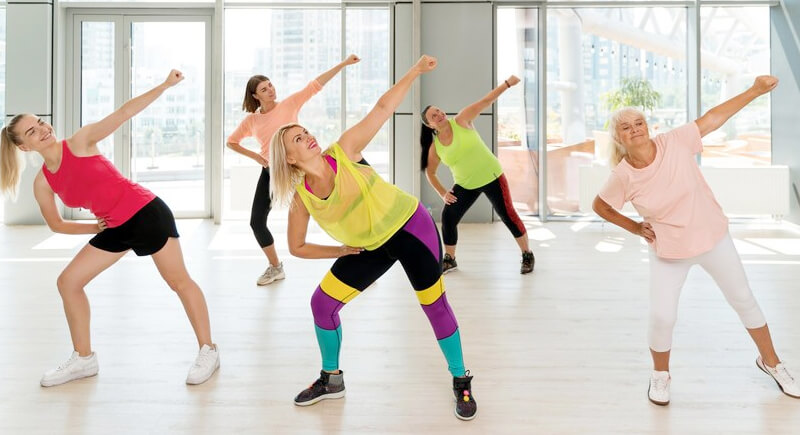
Credit: freepik
Exercising alone can be boring and lack motivation. The Mayo Clinic found that people in group workouts stay committed longer. Joining a fitness class or training with a friend increases accountability and makes exercise more enjoyable. A support system keeps you on track for long-term success.
Functional Training
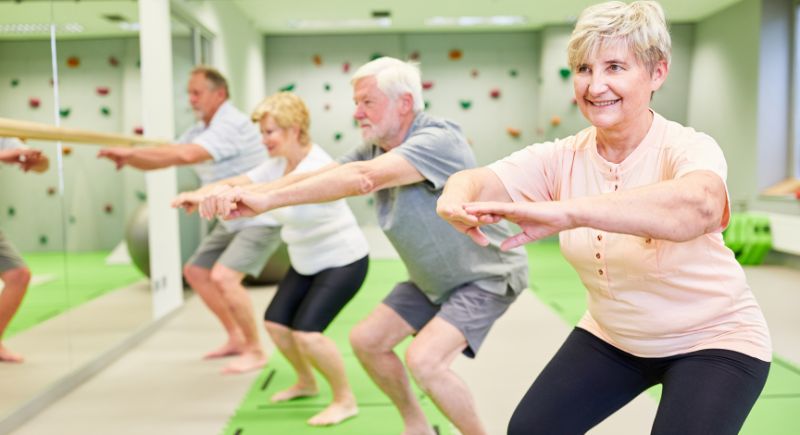
Credit: Canva
Aging weakens muscles used in daily tasks. Functional training with squats, lunges, and core exercises mimics real-life movements like lifting and bending, which then improves coordination and posture. These exercises are especially crucial after the 50s to maintain independence and prevent injuries.
Professional Guidance Prevents Injury
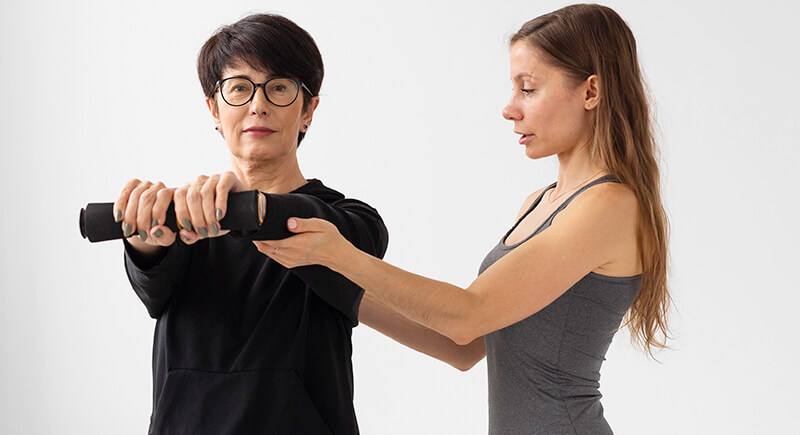
Credit: freepik
Incorrect postures can cause injuries. A certified trainer or physical therapist ensures proper technique and tailors workouts to your needs. Even those with joint pain can see better results by consulting a professional.
Flexibility Training
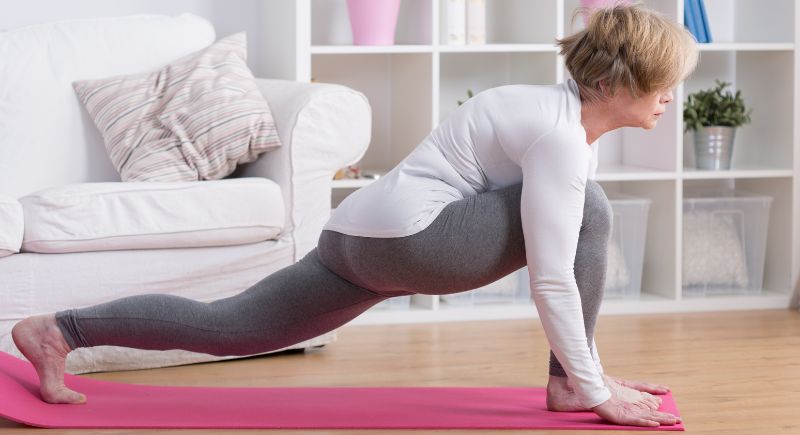
Credit: Getty Images
Stretching or yoga at least twice a week improves the range of motion and prevents muscle tears. In fact, it even helps with muscle stiffness that’s common after the 40s. The American College of Sports Medicine suggests holding stretches for at least 30 seconds to improve joint function and mobility.
Exercise Regularly
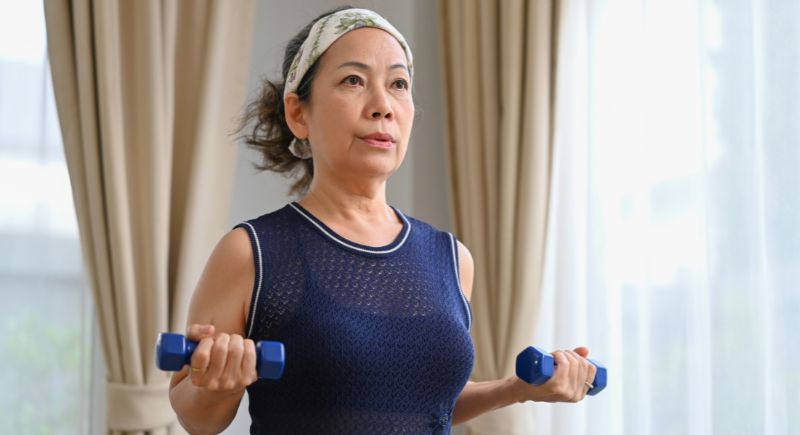
Credit: Canva
One hundred fifty minutes per week is all you need to stay in shape and great health. And no, you don’t have to get into high-intensity or wild exercises. Go for simple, moderate-intensity aerobic exercise to maintain heart health and mobility. Consistent movement keeps your metabolism active and reduces disease risk.